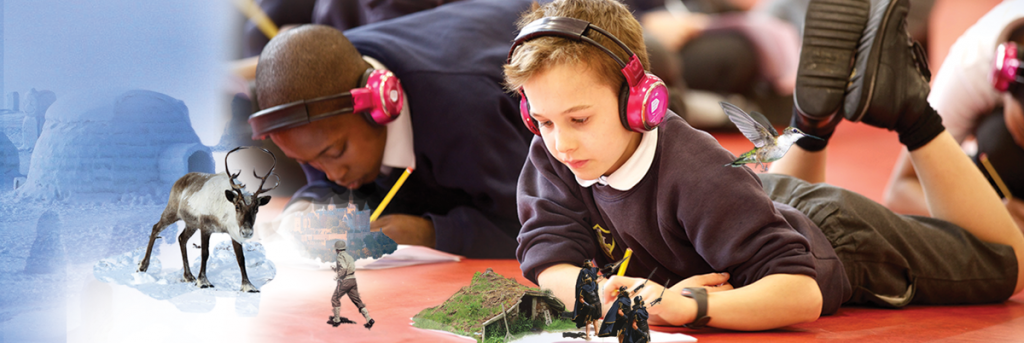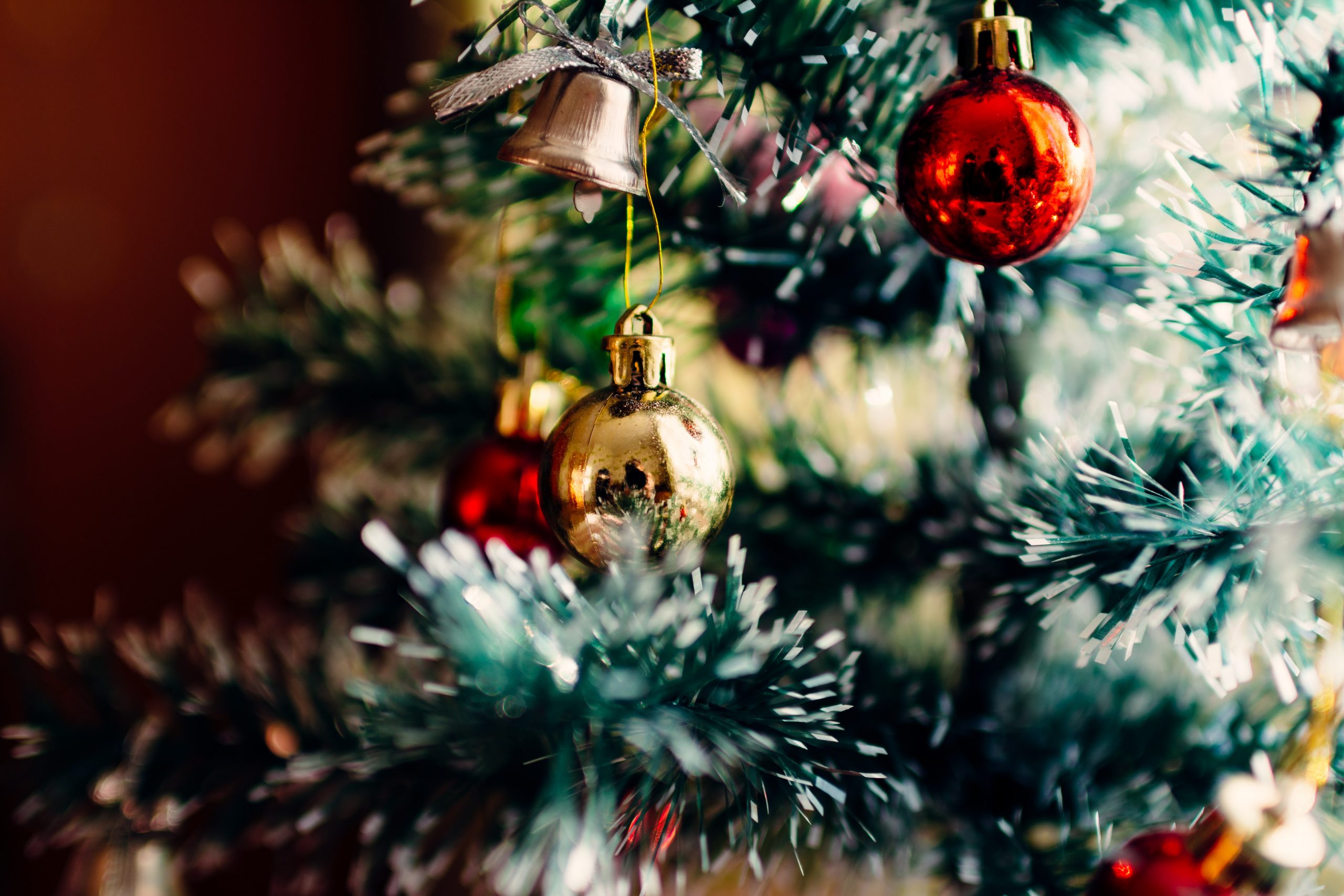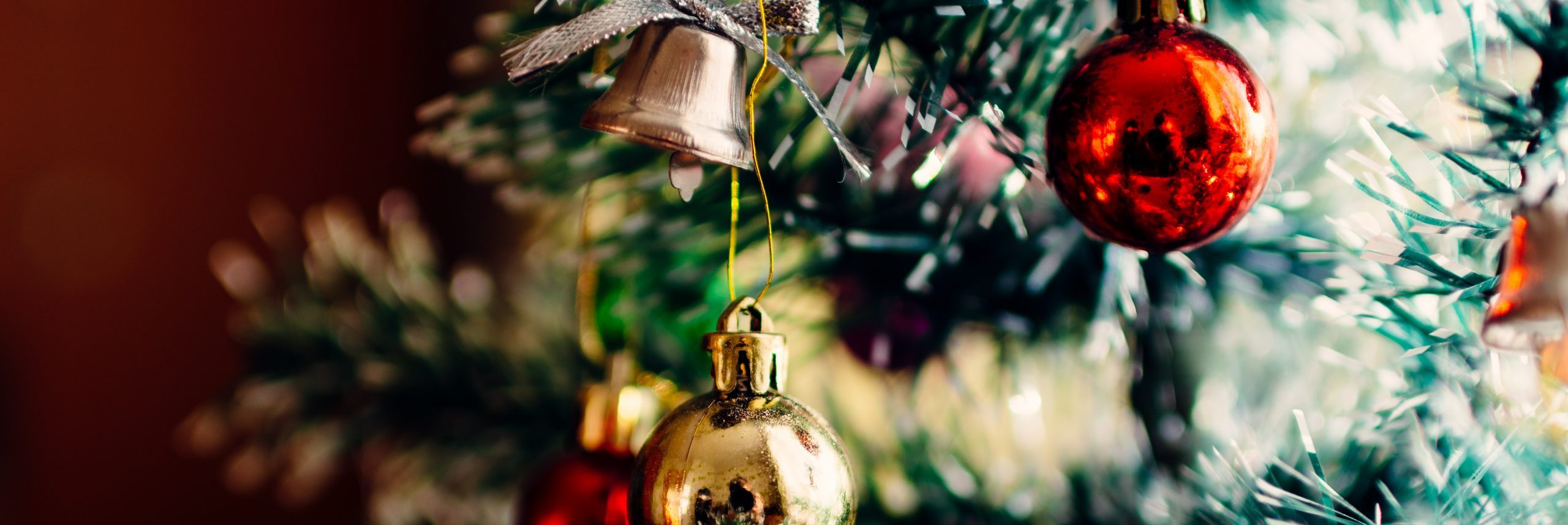
All across the world, grown-ups and children alike are preparing for the Christmas festivities. Here at now>press>play, we have found 12 facts about Christmas to fascinate you and impress your relatives at your Christmas lunch! We’ll also share details of the festive learning Experiences available for primary schools through your now>press>play subscription.
now>press>play's 12 Facts of Christmas
1. The Christmas tree displayed in Trafalgar Square is a gift from Norway.
The tree, which is normally displayed every year from the beginning of December until the 6th of January, is a token of gratitude from the Norwegian capital of Oslo for Britain’s help in the Second World War.

2. In Zimbabwe, people eat chicken and rice for their Christmas meal.
Chicken is very expensive in Zimbabwe, so it is often eaten as a special treat for Christmas Day celebrations.

3. Santa’s reindeer are probably all female
Most of Santa’s reindeer have male-sounding names, such as Blitzen, Comet and Cupid. However, male reindeer shed their antlers around Christmas time, so the animals pulling Santa’s sleigh are likely not male, but female.
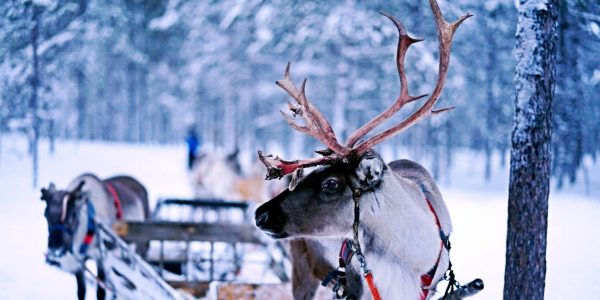
4. Pakistan has another 25th December holiday
Christians make up a very small amount of the population in Pakistan (about 5 million Christians in a country whose population is 162 million!) but 25th December is still a public holiday. However, the holiday is in memory of Muhammad Al Jinnah, the founder of Pakistan, rather than celebrating the birth of Christ.
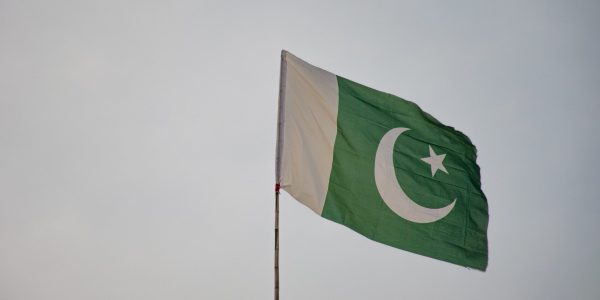
5. Britain’s last widespread “White Christmas” was in 2010.
This was extremely unusual, as not only was there snow on the ground at 83% of stations – the highest amount ever recorded – but snow or sleet also fell at 19% of stations. Schools across the country were cancelled, and most of Britain stayed wrapped up inside their homes.
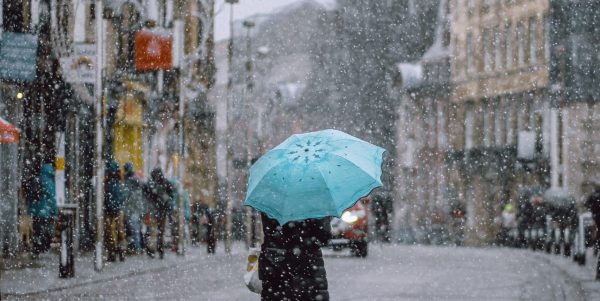
6. In Poland, spiders are common Christmas decorations.
According to Polish legend, a spider wove a blanket for Baby Jesus. In fact, Polish people consider spiders to be symbols of goodness and prosperity at Christmas, so use decorations in the shape of spiders and spider webs on their Christmas trees.

7. Armenia celebrates Christmas in January.
The Armenian Apostolic Church celebrates Christmas on the 6th of January. They also celebrate the Epiphany on the same date, the time when churches remember the visit of the wise men to Jesus and the revelation that Jesus was the son of God.
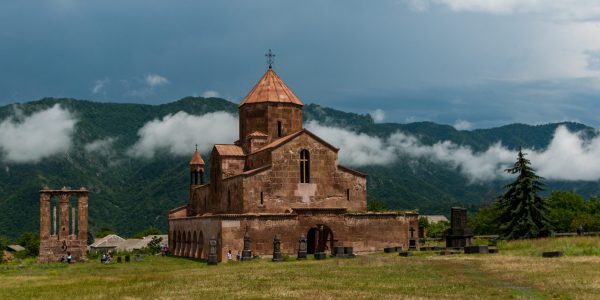
8. In Germany, Christmas Eve is even more important than Christmas Day.
In Germany, Heiligabend, or Christmas Eve, is said to be a magical time when the pure in heart can hear animals talking.
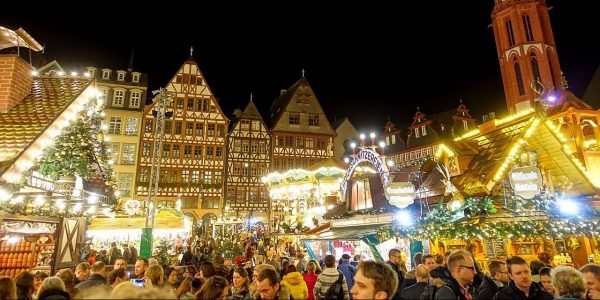
9. The tallest-ever Christmas tree was taller than Nelson’s Column
According to the Guinness World Records, the tallest Christmas tree ever cut was 221-foot and was displayed in 1950 at the Northgate Shopping Centre in Seattle, USA. That’s taller than Nelson’s Column, the Leaning Tower of Pisa and the Disney Castle in Florida!
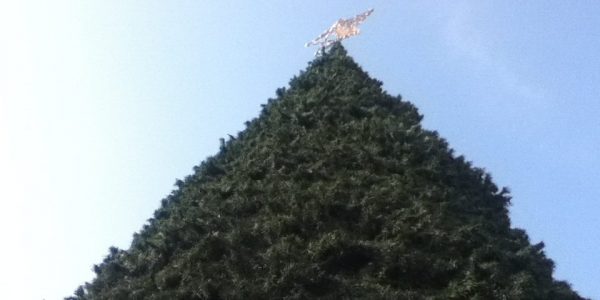
10. In Holland, children leave shoes for Santa
In the UK, children often leave a mince pie and a glass of milk (or something stronger!) for Santa on Christmas Eve. However, in The Netherlands, children leave a shoe by the fireplace for their version of St Nicholas, who they call Sinterklaas. They hope that Sinterklaas will come during the night and bring them presents. They don’t do this at the same time as the UK though: in The Netherlands, they celebrate Christmas on 5th December.
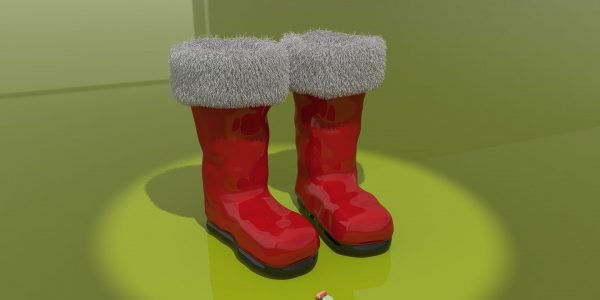
11. The U.S. President once banned Christmas Trees.
In 1901, President Teddy Roosevelt banned Christmas trees in the White House because he was an environmentalist.
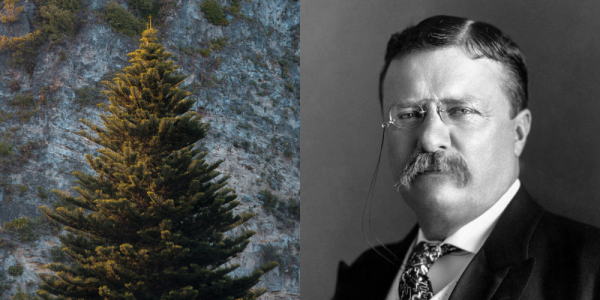
12. The most popular song of all time is a Christmas song.
It is estimated that the song ‘White Christmas’, written by Irving Berlin and famously sung by Bing Crosby, is the best-selling single of all time, with over 100 million sales worldwide since its first release in 1942.
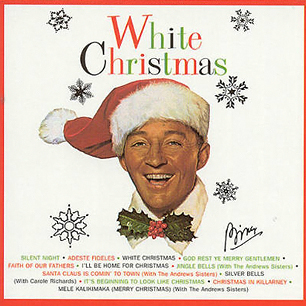
Celebrate the Christmas story with now>press>play
With now>press>play’s Christmas Story Experience, EYFS learners can explore the tale of how Jesus was born and the importance of this event across the world. Through our wireless headphones, children become immersed in the nativity through sound, story and movement.
- Meet the central figures from the nativity.
Children will become the angel Gabriel, Mary, the donkey and other main characters from the Christmas story. - Experience the main events.
From travelling to Bethlehem to knocking on inn doors, pupils will learn the whole nativity story by living it. - Understand the religious importance of Christmas.
Children will learn why Jesus’ birth was – and is – important to many people around the world.
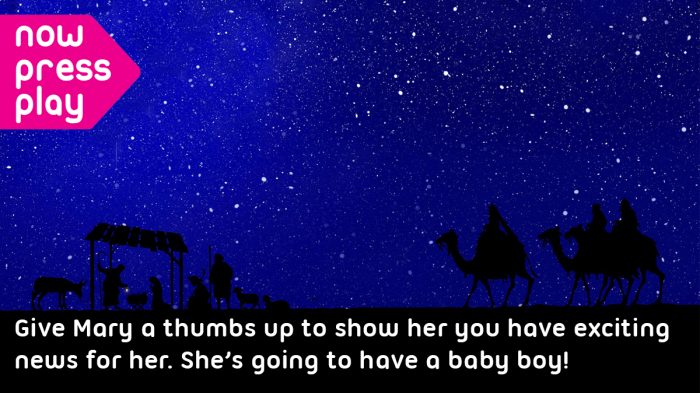
If you’re interested in trying now>press>play’s immersive Experiences for your school, you can book a free trial here.
From everybody at now>press>play, we wish you all a Merry Christmas and a Happy New Year.
Read more:
